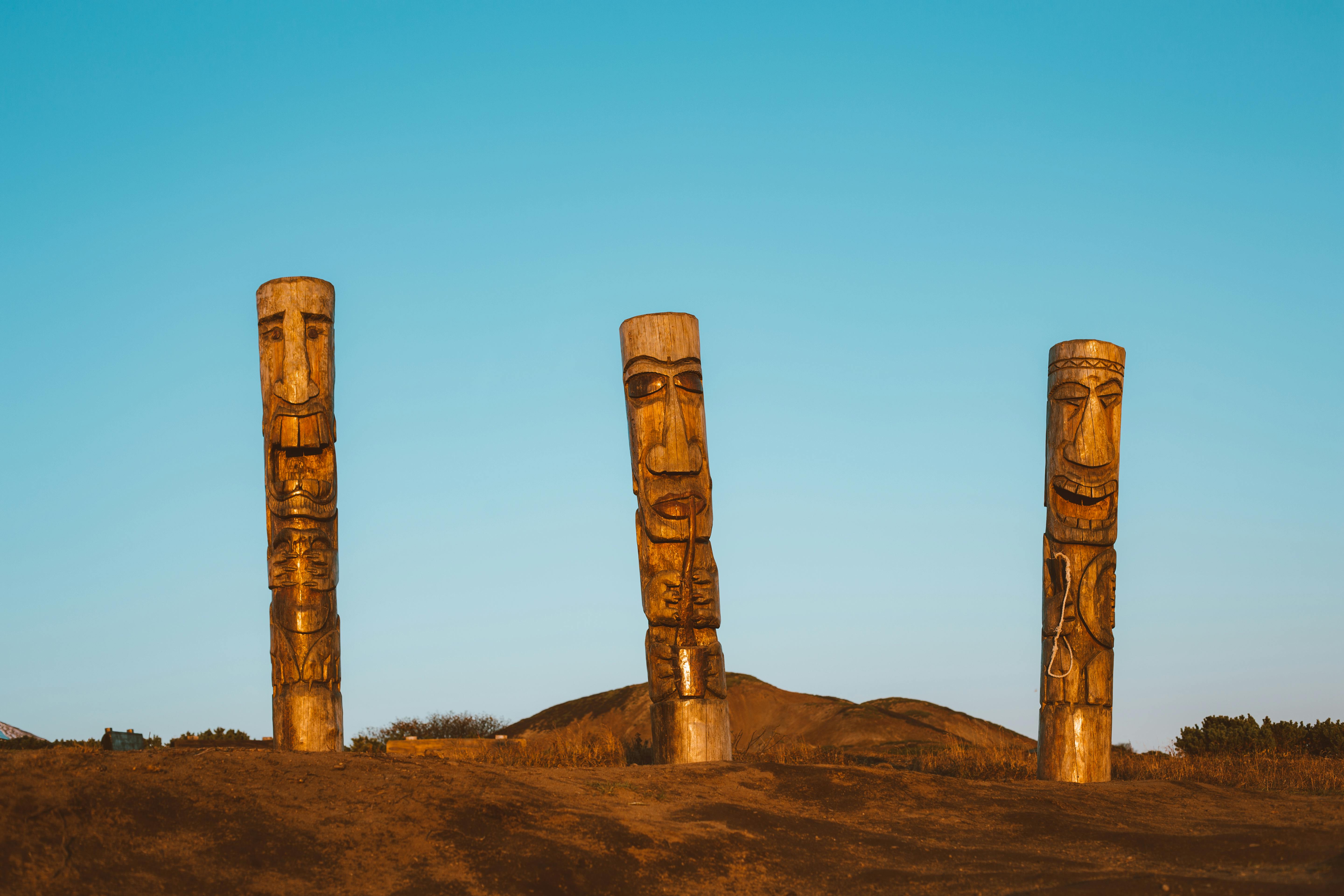
Cultural Art Influences in Philippines: Exploring Rich Heritage and Tradition
Estimated reading time: 8 minutes
Key Takeaways
- The Philippines has a rich tapestry of cultural art influenced by diverse history and traditions.
- Indigenous art forms showcase traditional beliefs and vibrant community narratives.
- Colonial influences have integrated with local artistry, creating a unique cultural expression.
- Handmade crafts and artisan work reflect regional diversity and cultural pride.
- Famous artists contributed significantly to the visual culture and inspire contemporary creativity.
Table of contents
The Philippines is rich in cultural art influences reflecting its diverse history and multicultural roots. Understanding the cultural art influences in Philippines helps us value the nation’s identity and the creativity of its people.
This comprehensive guide explores:
- The history of sculpture making
- Indigenous art and heritage
- Cultural art influences from internal and external sources
- Handmade crafts and artisan work
- Famous historical artists from Philippines
- The integration of different art forms into cultural expression
Let’s dive into how these cultural art forms have shaped the vibrant Filipino identity.
History of Sculpture Making
The history of sculpture making in the Philippines begins long before colonizers arrived. Early Filipino sculptures were deeply tied to spirituality and community life. They were expressions of beliefs and rituals in various communities.
Important early sculpture forms:
- Bulul rice god statues of Ifugao here
- Anitos carved by indigenous animistic communities
With Spanish colonization, Filipino sculpture absorbed new influences—especially religious themes from European traditions. Spanish missionaries introduced religious statues, known as santos, crafted for churches and homes. This fusion created distinct Filipino-Hispanic sculptures here.
Modern Filipino sculptors now use wood, stone, metal, and mixed materials to express creativity. Important Filipino sculptures include:
- Napoleon Abueva’s “Transfiguration”, integrating Filipino spirituality into modern form
- Arturo Luz’s contemporary abstract sculptures, reflecting Filipino modernist ideals here
These artworks reflect evolution but maintain deep Filipino roots.
Indigenous Art and Heritage
Indigenous art and heritage embody traditional beliefs and cultural stories of ethnic communities. It preserves community knowledge, values, and traditions.
Key indigenous art forms include:
- Textile Weaving:
- T’nalak by T’boli ethnic group—symbolic weaving connected to dreams
- Inabel from Ilocos region showcasing beautiful geometric patterns here
- Wood Carvings:
- Pottery:
- Vigan Burnay pottery crafted using ancient techniques, still practiced today here
Preserving indigenous art supports ancestral knowledge transfer. Various community efforts continue to promote understanding and appreciation of these unique, meaningful traditions.
Cultural Art Influences in Philippines
Cultural art in the Philippines is shaped deeply by interactions within diverse ethnic groups and colonizers. This blending created a unique interwoven artistic identity.
Internal Influences:
- Diverse ethnic groups create unique artistry:
- Maranao okir decorative carvings
- Yakan beadwork and textiles reflecting vibrant tradition here
External Influences:
- Spanish Influence:
- Religious santos, European painting methods, majestic colonial architecture influenced art significantly here
- American Period:
- Brought abstract modernism, contemporary painting styles, modern art education models here
- Asian Influences:
- Integration of Chinese ceramics, Islamic art patterns, textile designs from Malay archipelago enriched national artistic heritage here
Today’s Philippine art creatively merges traditional artistry with contemporary techniques, elevating Filipino cultural expression.
Handmade Crafts and Artisan Work
Handmade crafts and artisan work are significant expressions reflecting distinct regional diversity.
Popular traditional handmade crafts include:
- Weaving:
- Beautiful piña cloth woven in Aklan province, translucent and fine
- Vividly patterned Yakan textiles from Basilan here
- Basketry:
- Bontoc traditional rattan baskets, durable and artistic
- Abaca fiber items from Bicol region, symbolic of resourcefulness here
- Metalwork:
- Batangas panday traditions create decorative, functional metalwork, preserving blacksmith heritage here
Contemporary artisans collaborate with traditional communities to produce innovative, sustainable designs. This ensures craft traditions survive economically and culturally.
Famous Historical Artists from Philippines
Famous historical artists from the Philippines shaped national visual culture profoundly. Their masterpieces remain sources of Filipino pride and inspiration.
Important historical Filipino artists:
- Juan Luna (1857-1899):
- Fernando Amorsolo (1892-1972):
- Victorio Edades (1895-1985):
These artists influenced generations and continue to inspire the creative growth of Filipino visual culture.
Integration of Art Forms and Cultural Expression
In the Philippines, various art forms integrate to celebrate cultural identity, heritage, and community values.
Integration examples:
- Festivals:
- Contemporary Collaborations:
- Artists utilizing traditional indigenous motifs in contemporary installations, bridging modern contexts with ancient cultural narratives
- Community collaborative projects like preserving Angono-Binangonan petroglyphs show art as an essential tool for social unity, reinforcing Philippine identity here
Such integration shows the dynamic essence of Filipino art—blending tradition with innovation toward meaningful socio-cultural dialogues.
Conclusion
Understanding cultural art influences in Philippines greatly enriches our appreciation of the country’s diversity, creativity, and resilience. Filipino art beautifully illustrates the national narrative, transcending generations through meaningful artistic expressions.
By supporting local art forms and artisans, we can preserve traditional heritage, nurture cultural pride, and enhance economic empowerment. Engage with Filipino art today—participate in festivals, support local museums, and celebrate artistic artisans. These steps help ensure the rich tapestry of Philippine cultural arts continues to inspire and thrive for generations to come.

